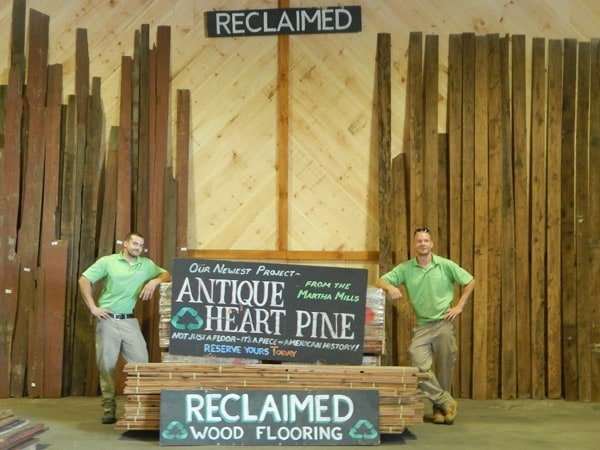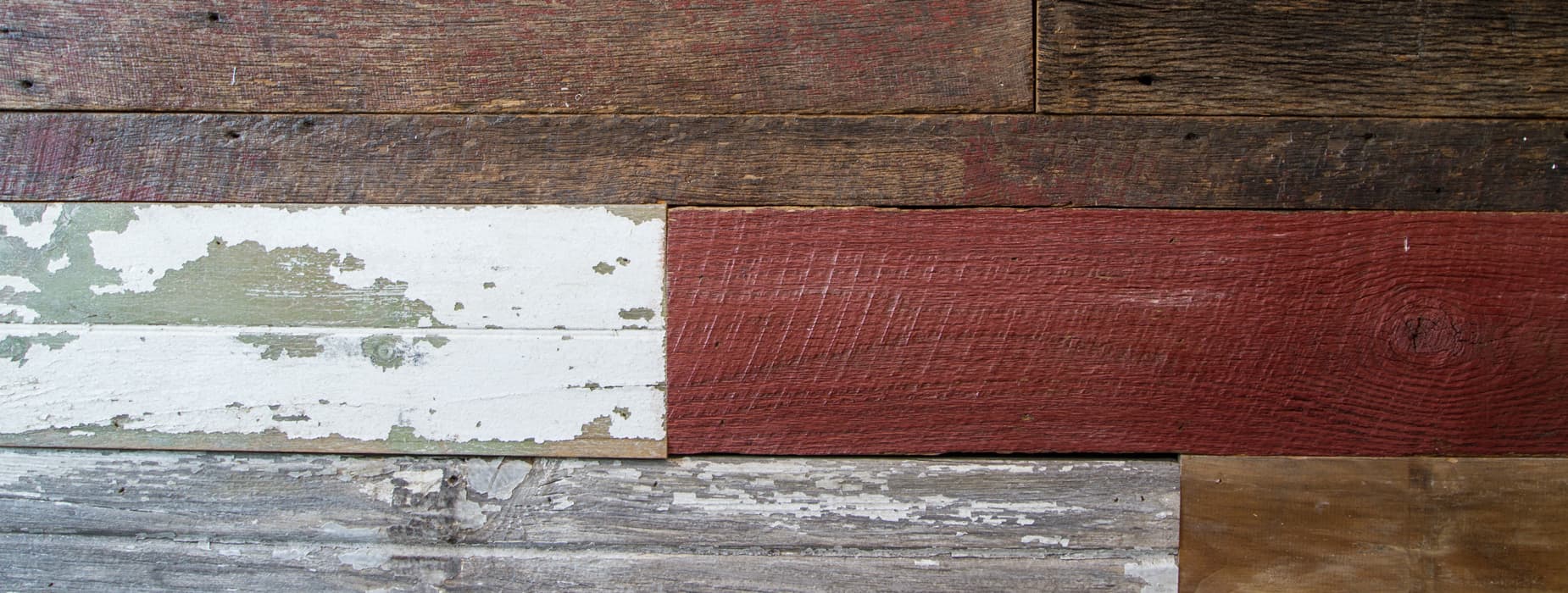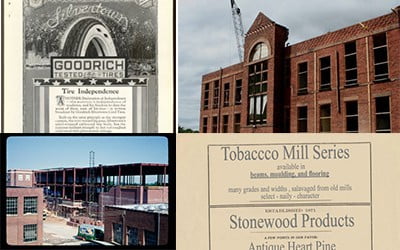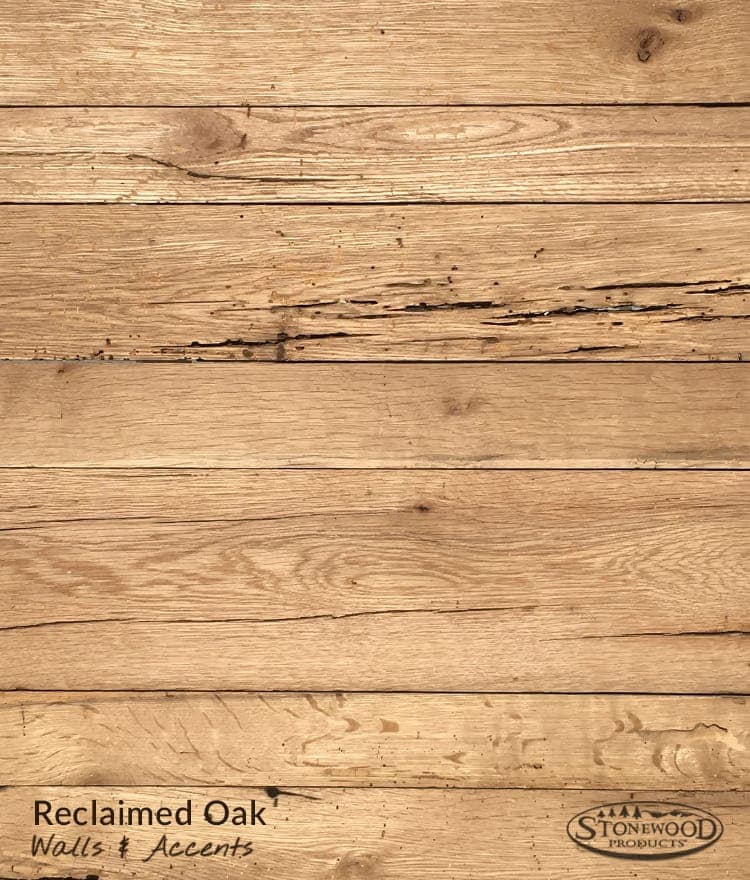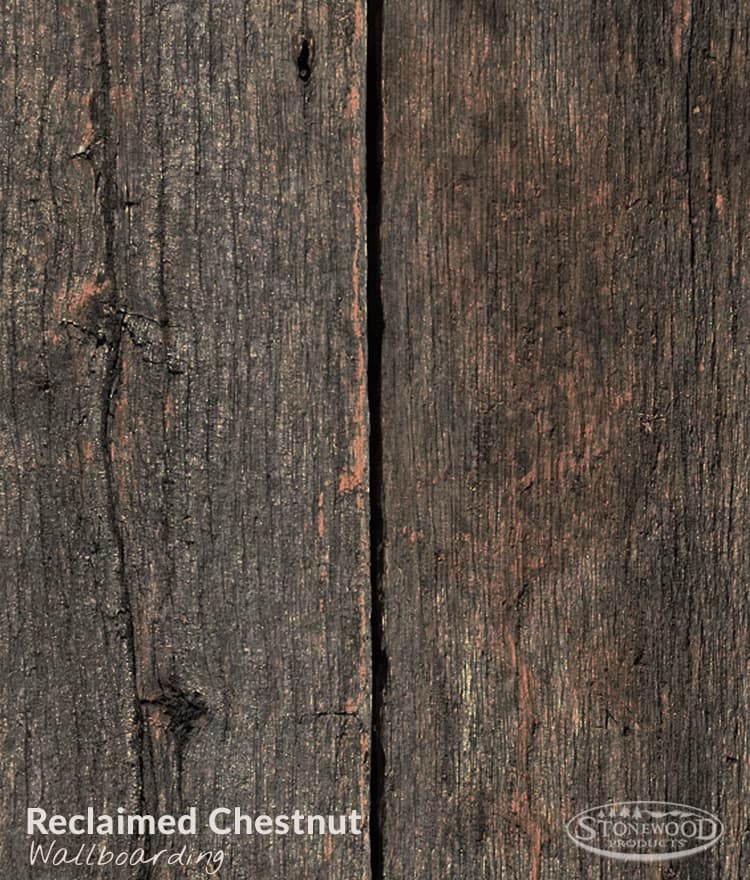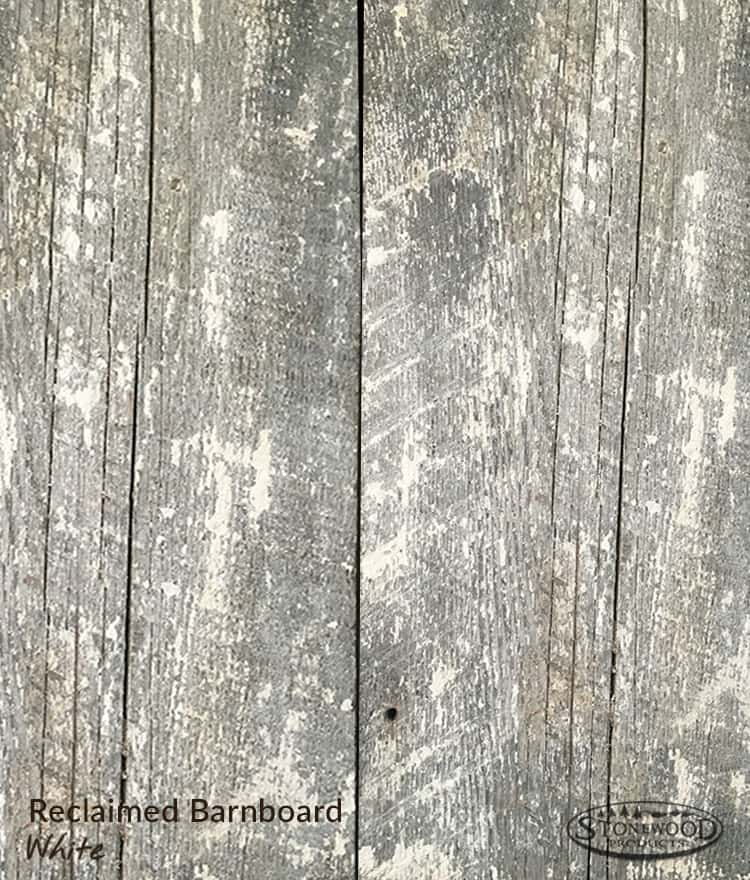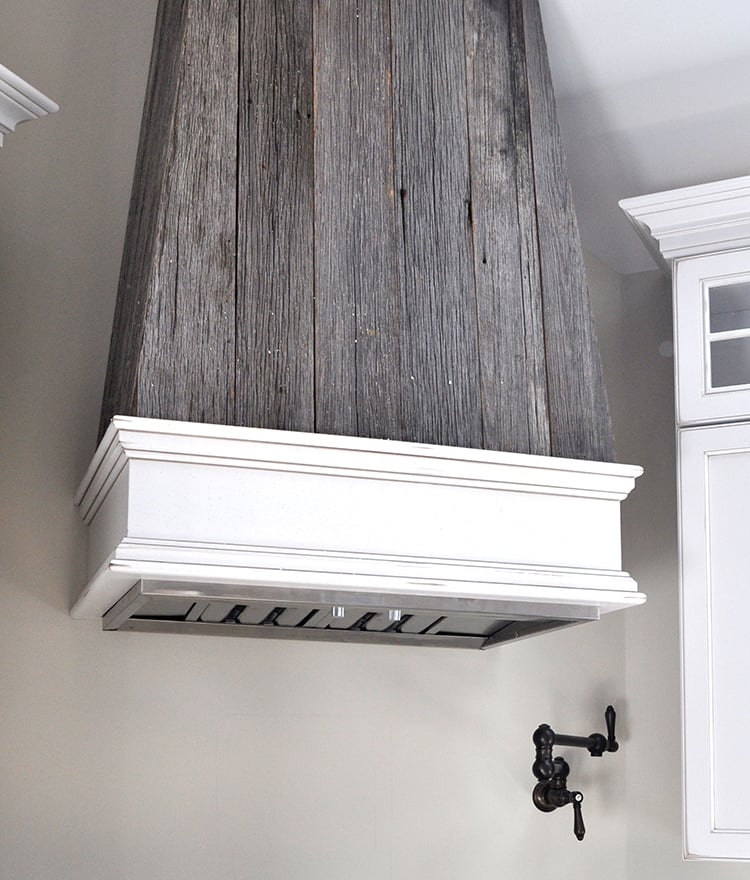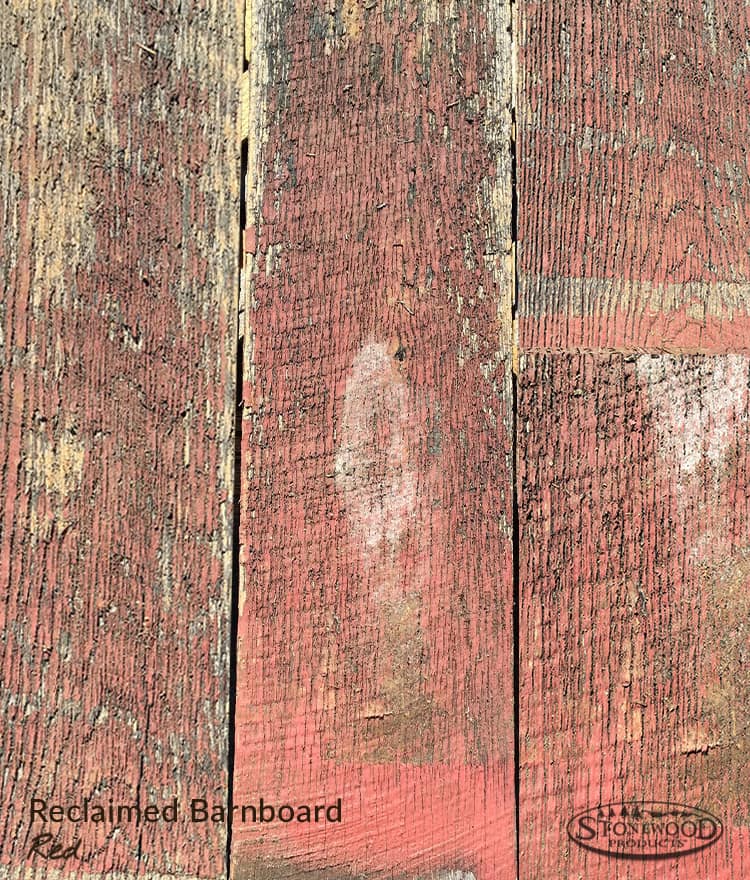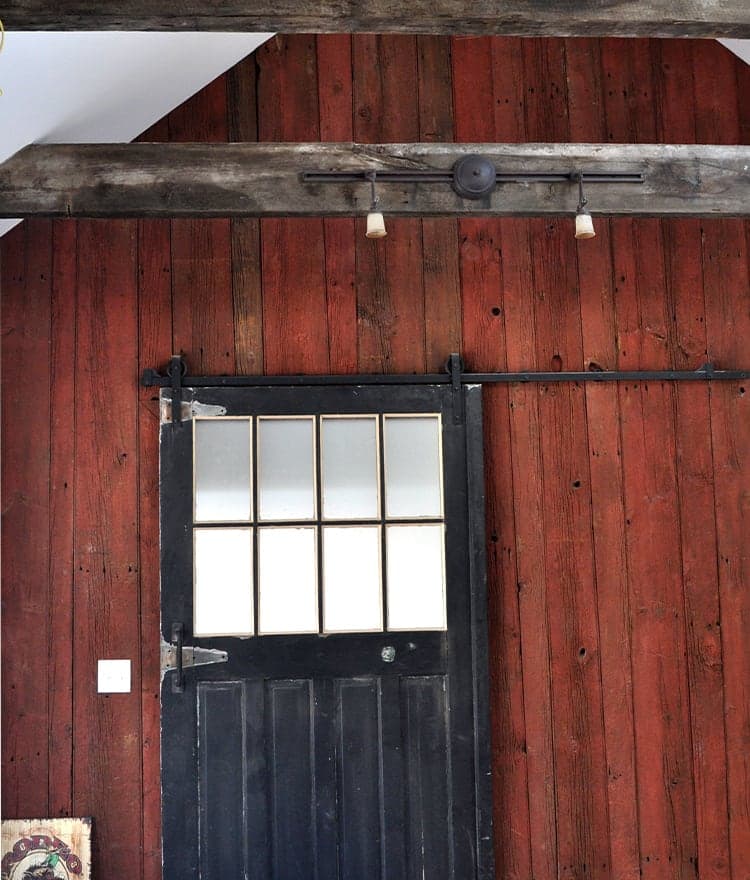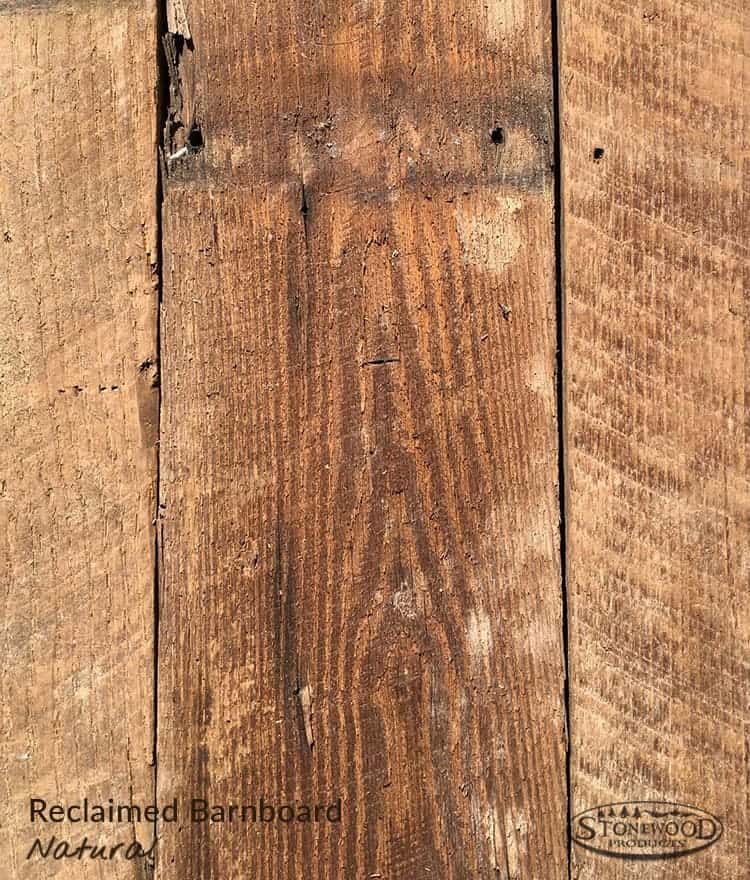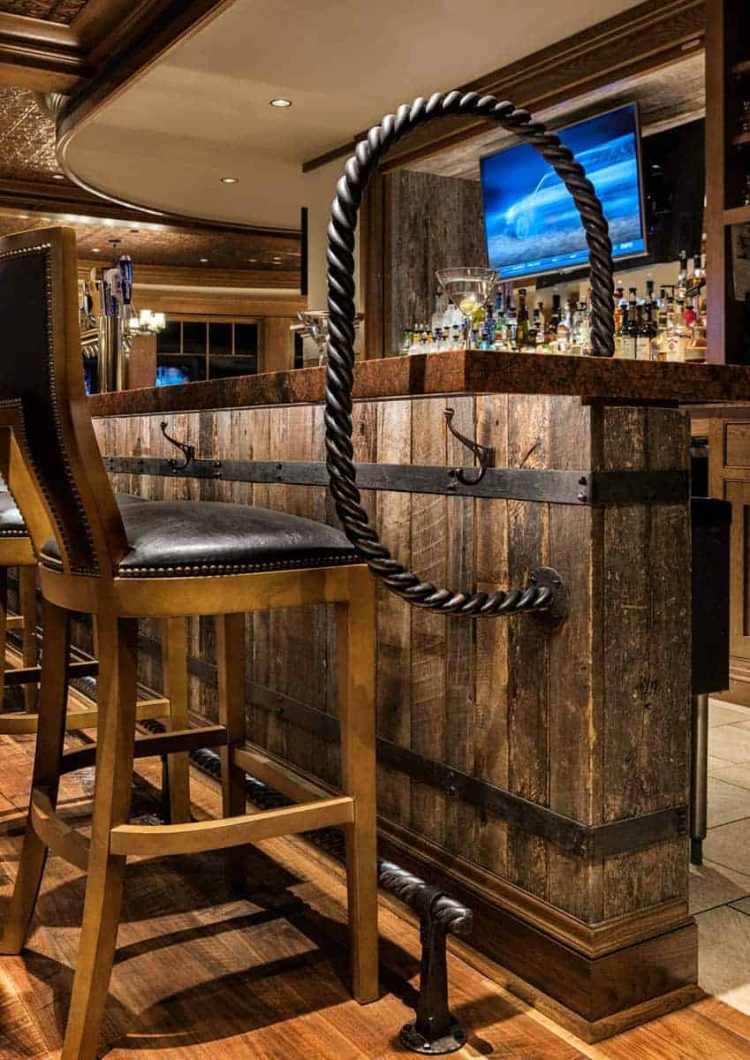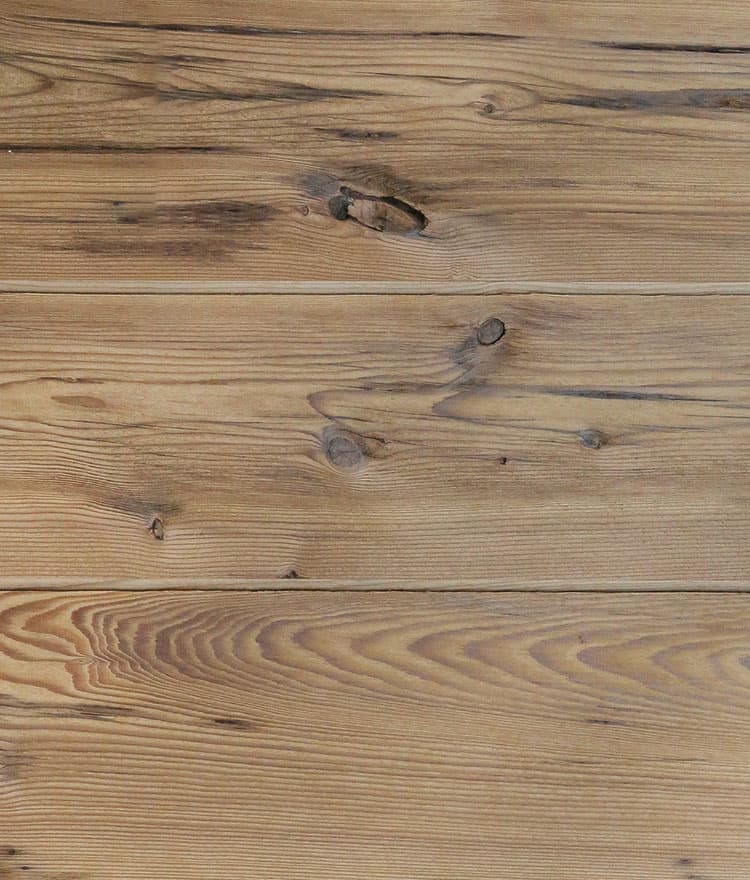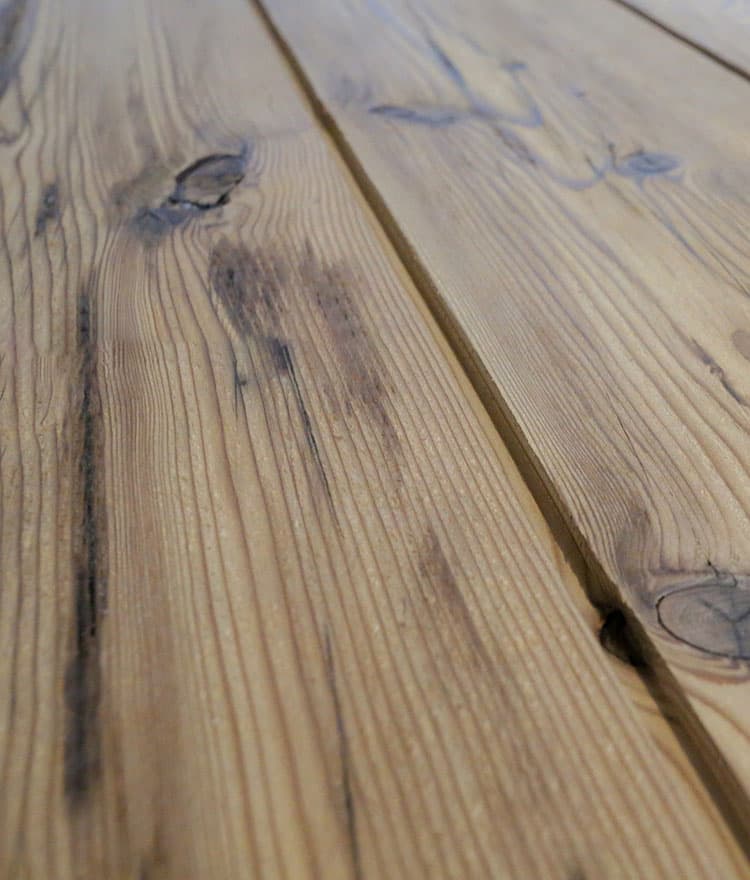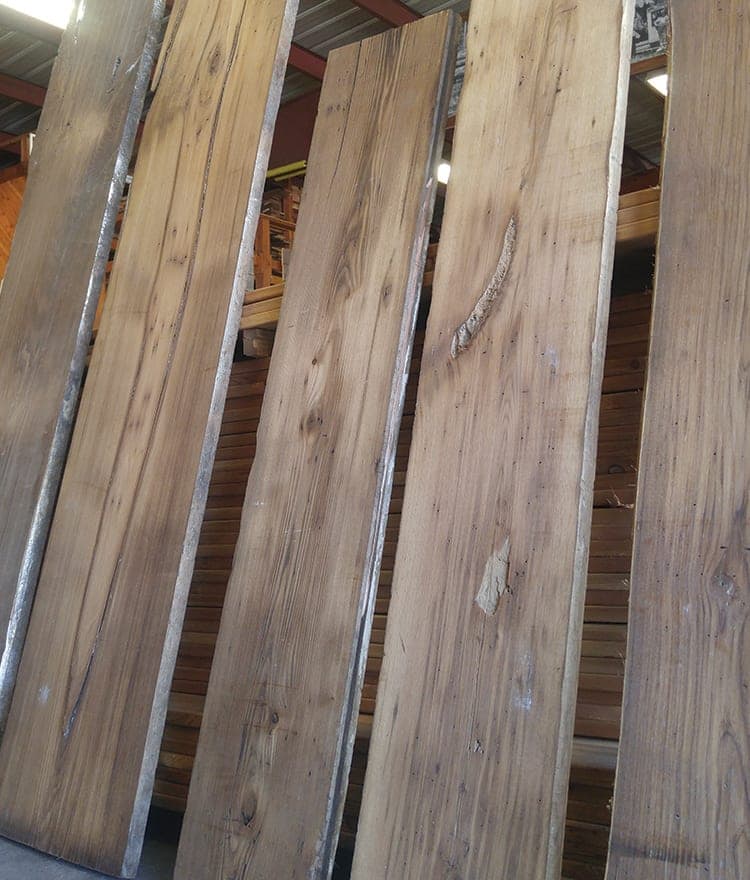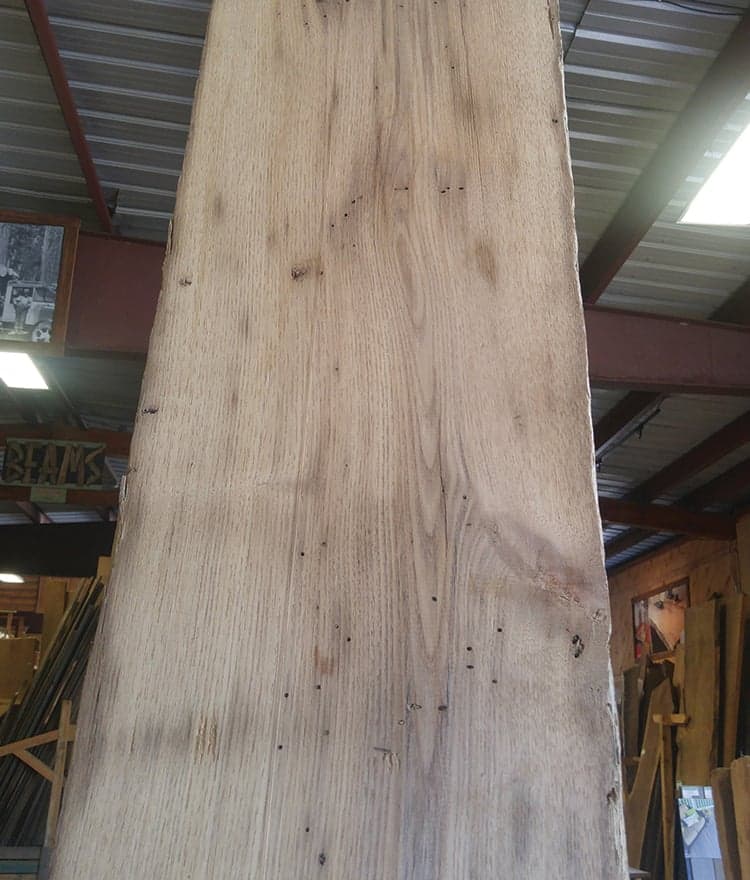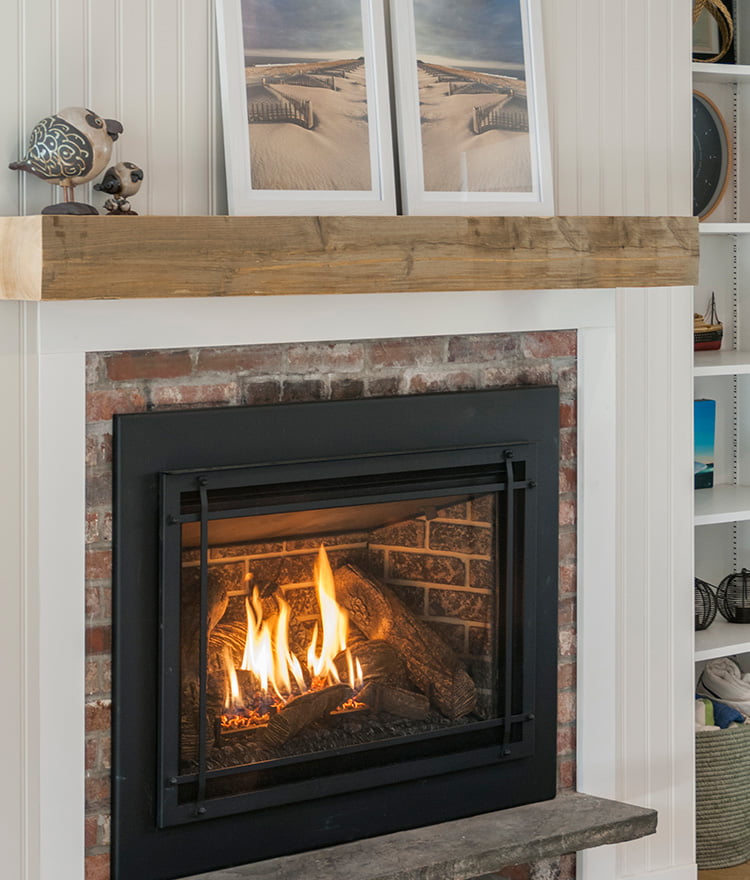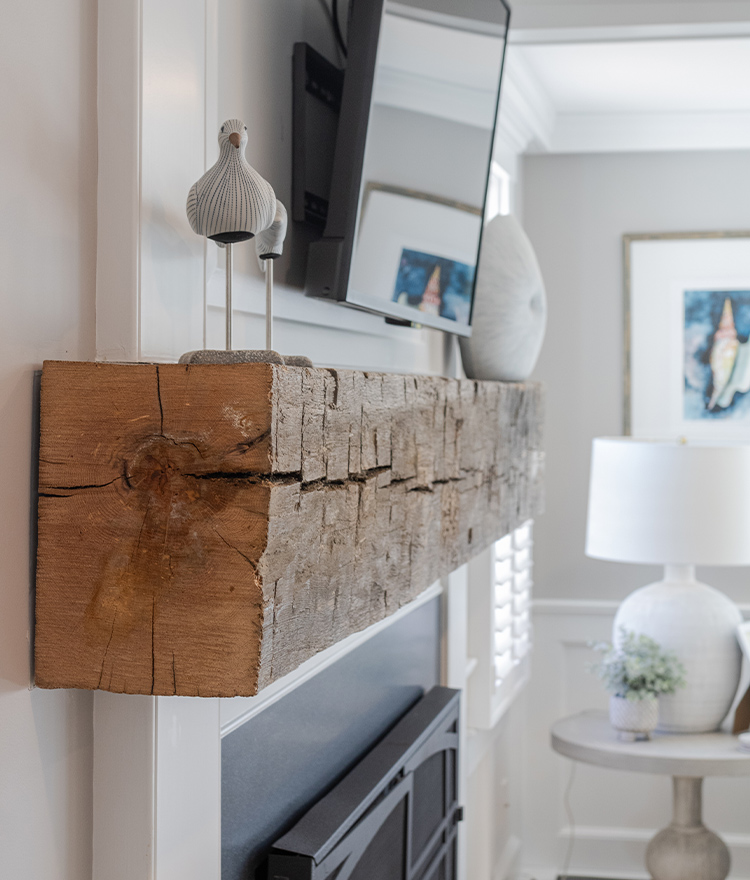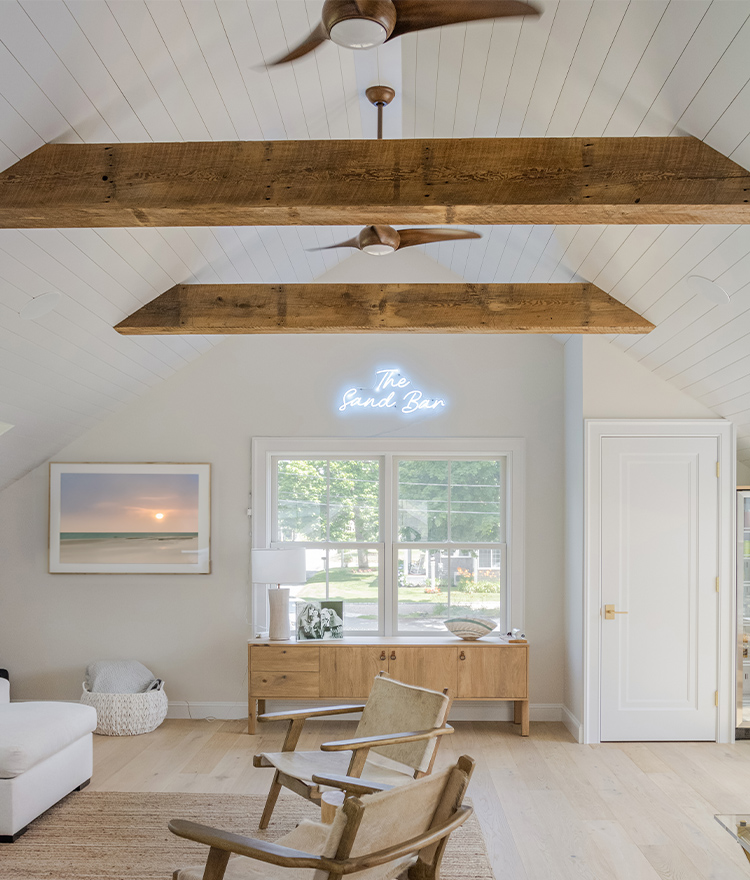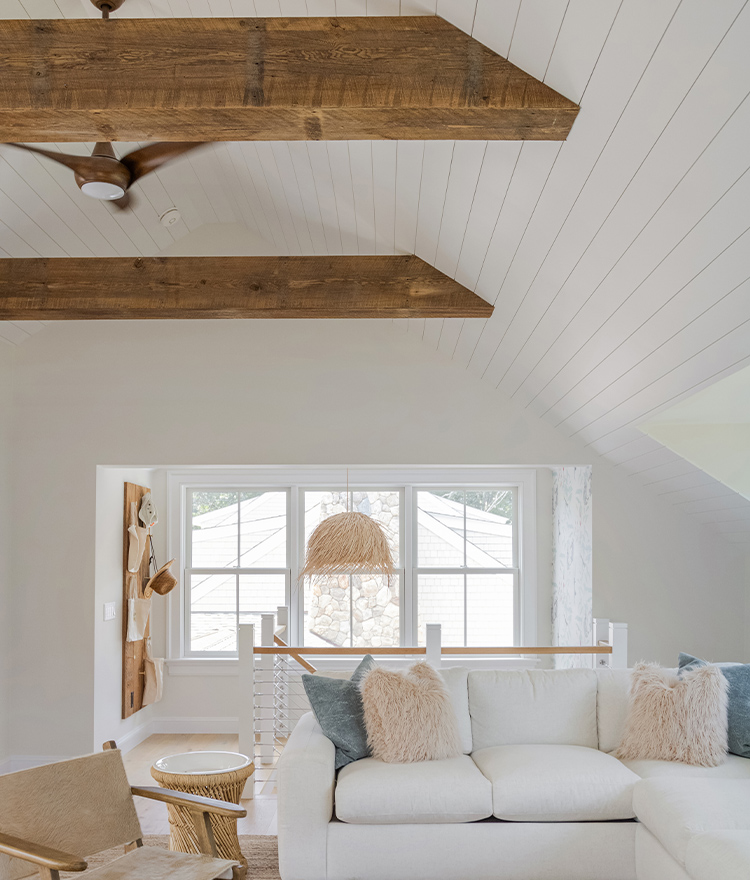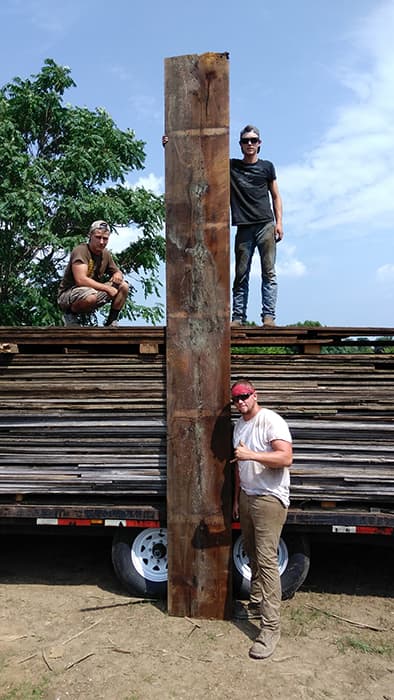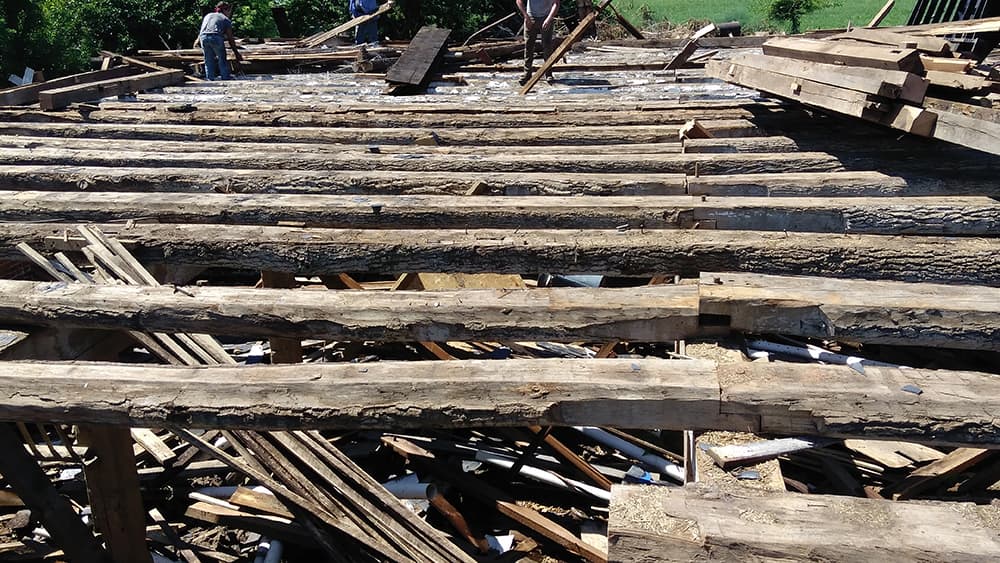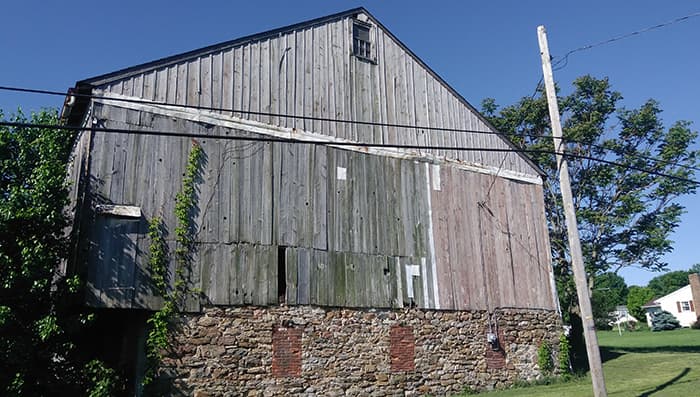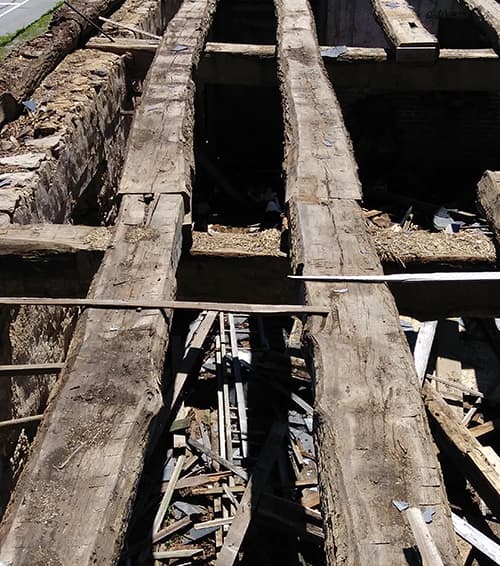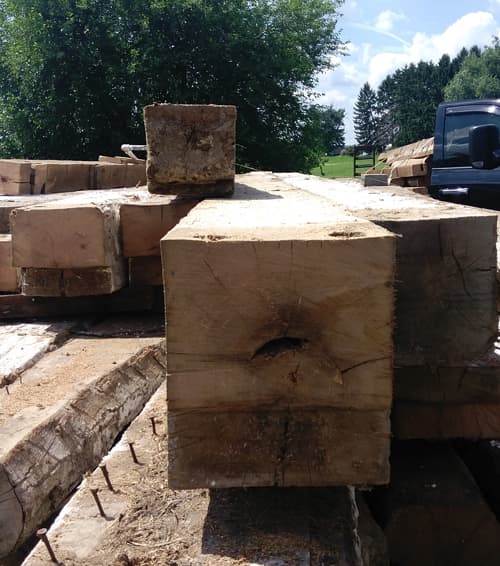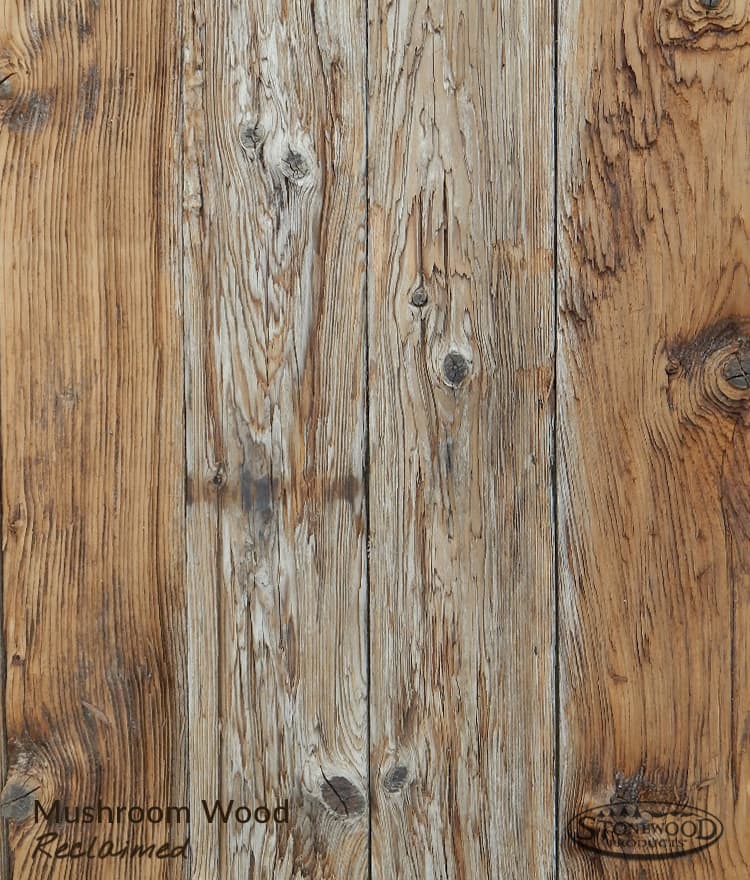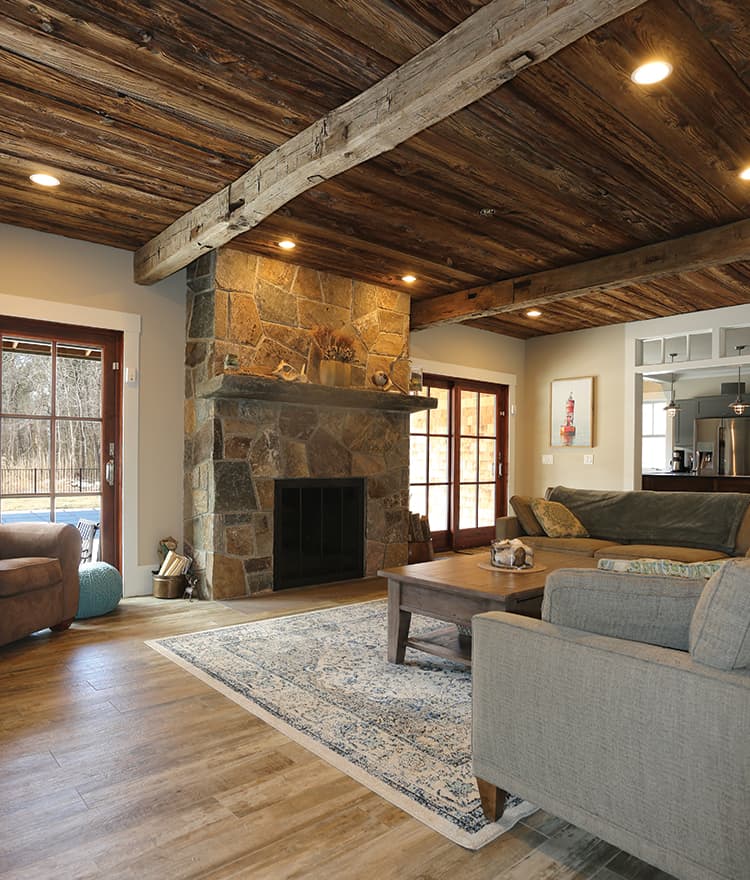Reclamation Project
1840s Pine & Hemlock River Raft Boards
These boards are circa 1840 River Raft Boards, cut from pine and hemlock raft logs that were made to transport mass amounts of cargo to towns down river in the York Valley of Pennsylvania, near Gettysburg. The rafts were sawn into these boards after their one way trip down river.
The 2.5″ pilot hole seen on the ends of some boards are there from the raft logs being hand drilled in order to accept the heavy ropes, which tethered the logs together. The boards are always the highest quality, due to the raft logs being chosen as the highest quality to protect the cargo from sinking from a lower quality log snapping.
20-50 men would live on the rafts for weeks at a time as they loaded and unloaded cargo at several stops on their journey down river to their final destination, the rivers edge sawmill. The men who rode the raft down river, would load and unload cargo, but they would also protect the loads from raids by Indians or renegade gangs. They received their payment by disassembling the rafts and turning the logs over to the sawmill. Then they would ride back home up river on their horses, which also rode on the huge approximately 100’x300′ rafts with the men.
